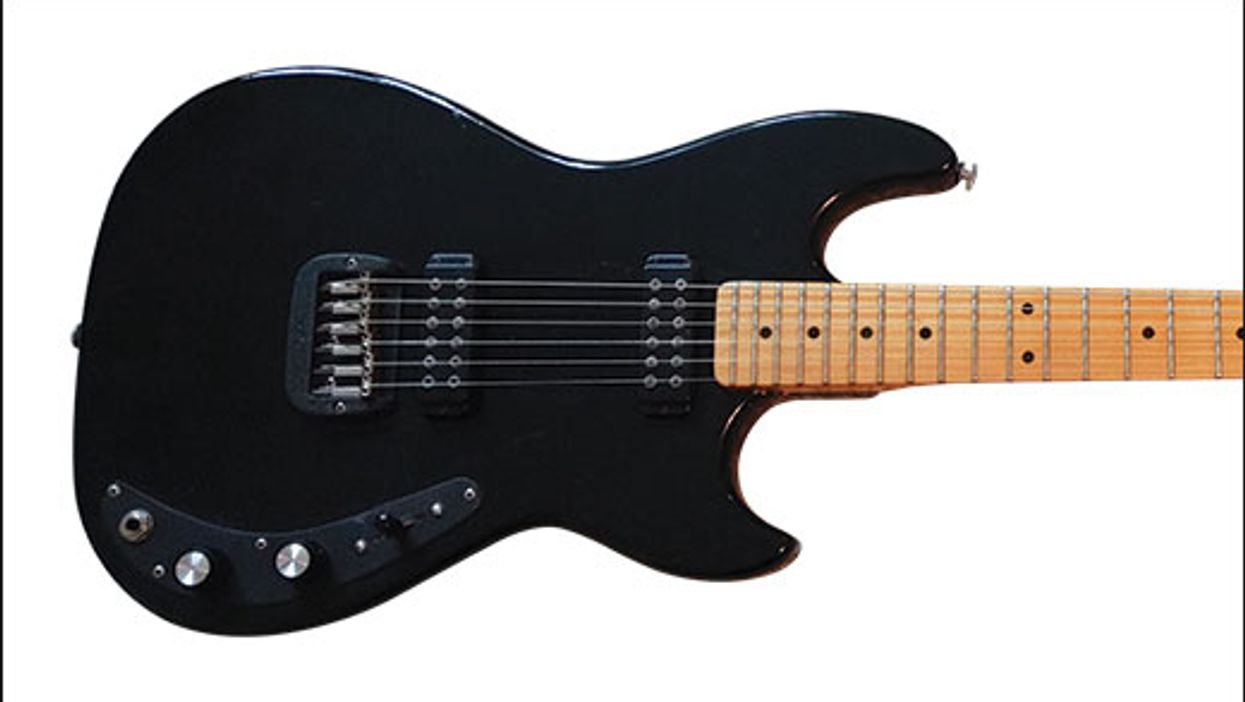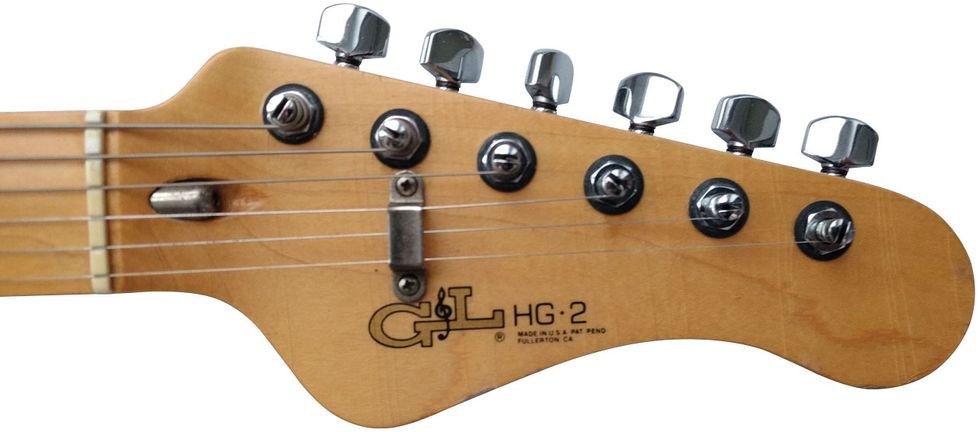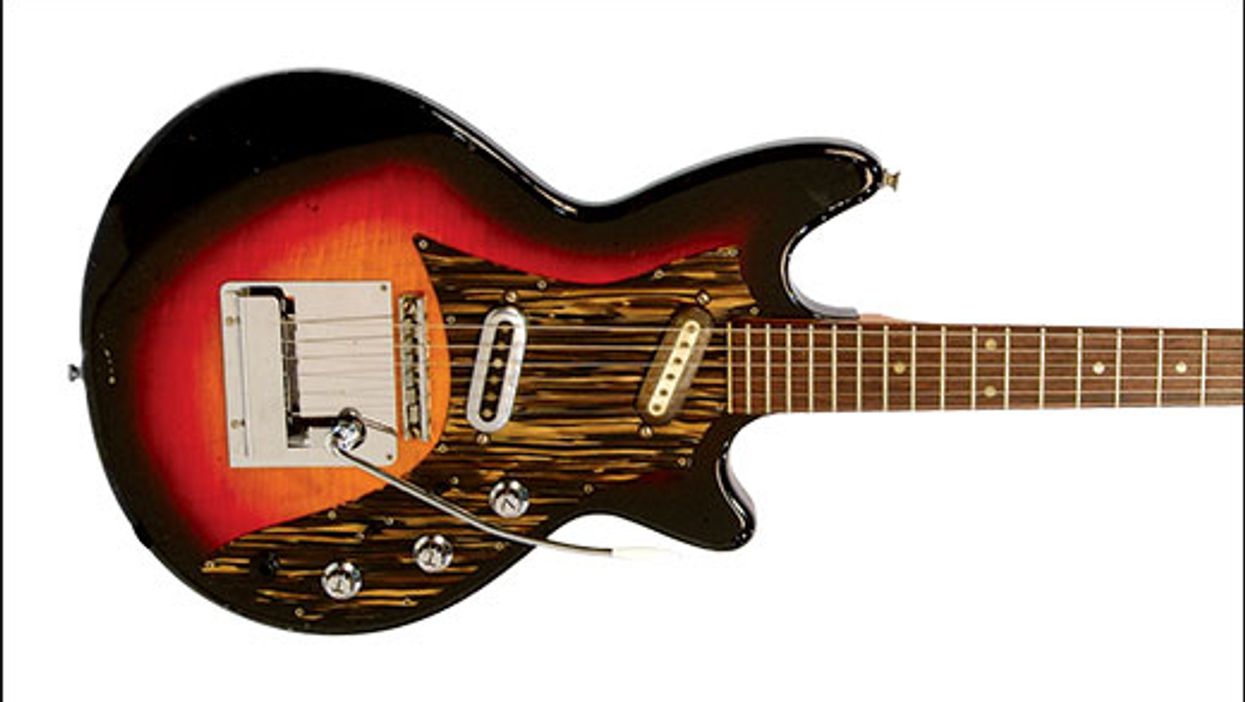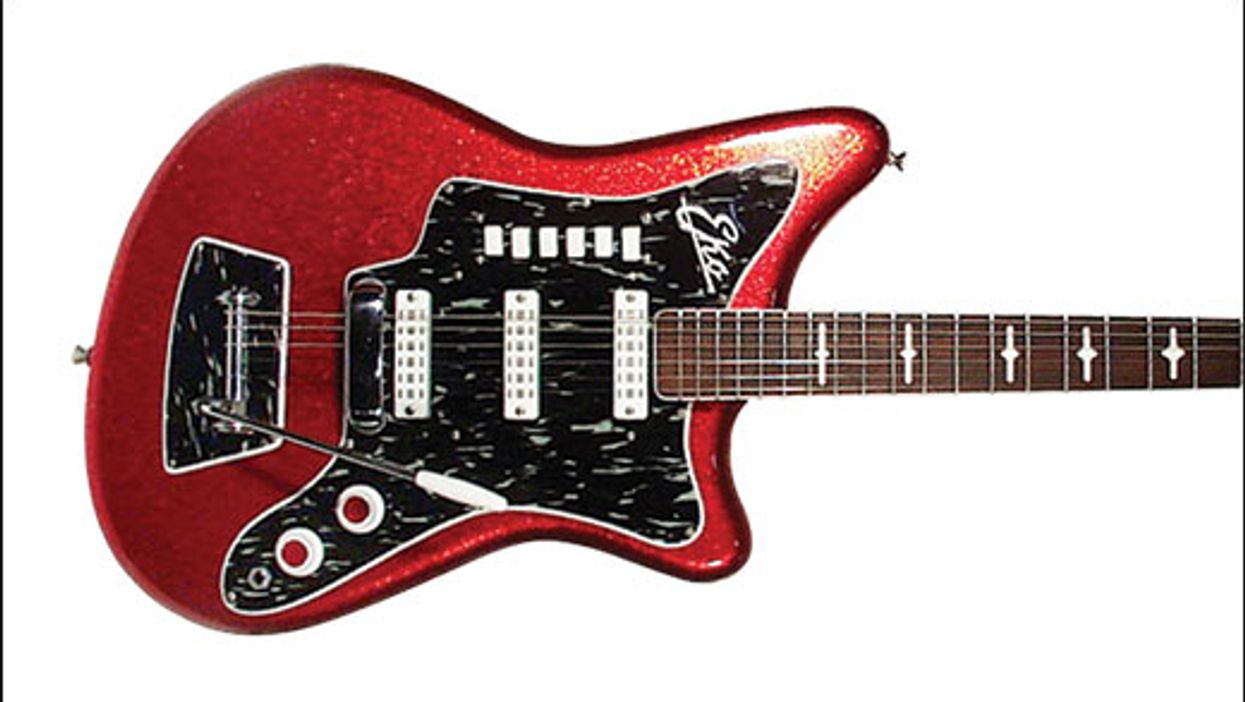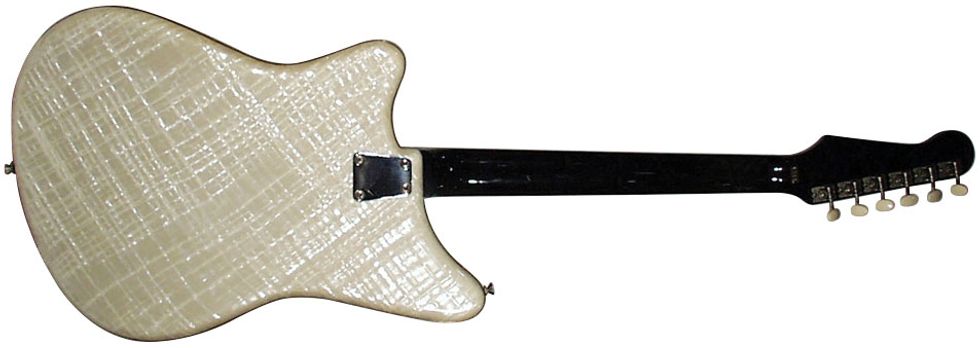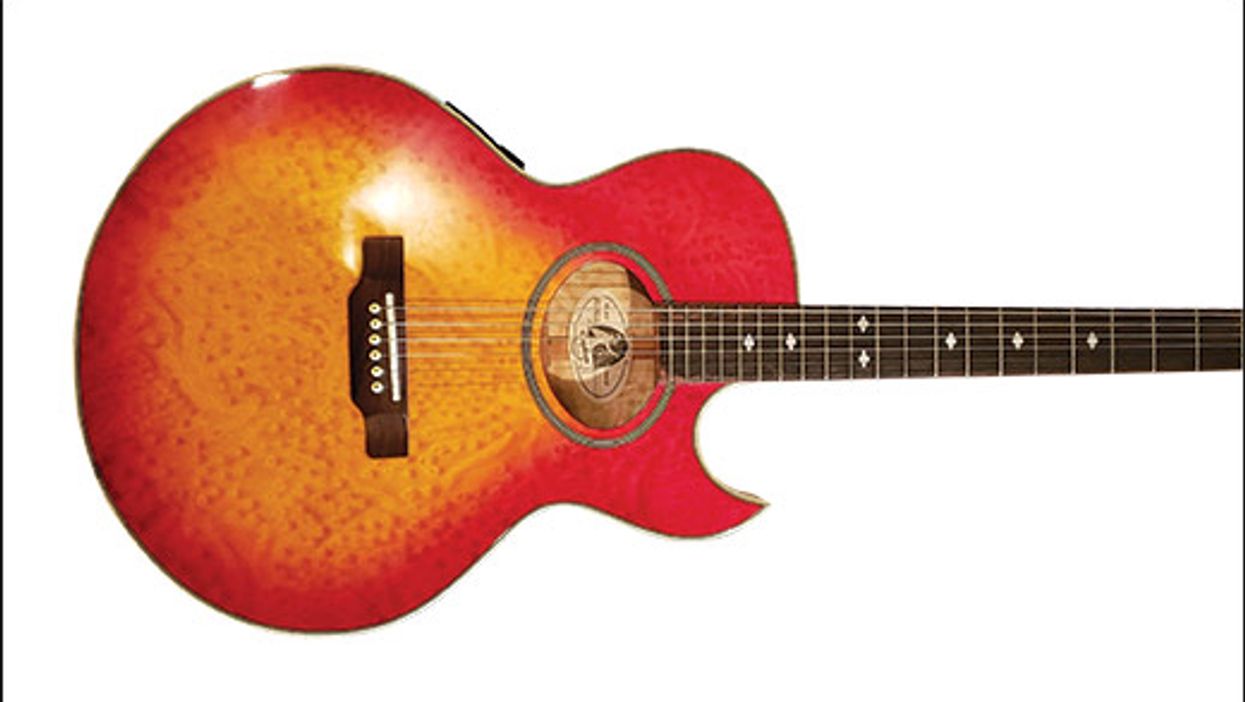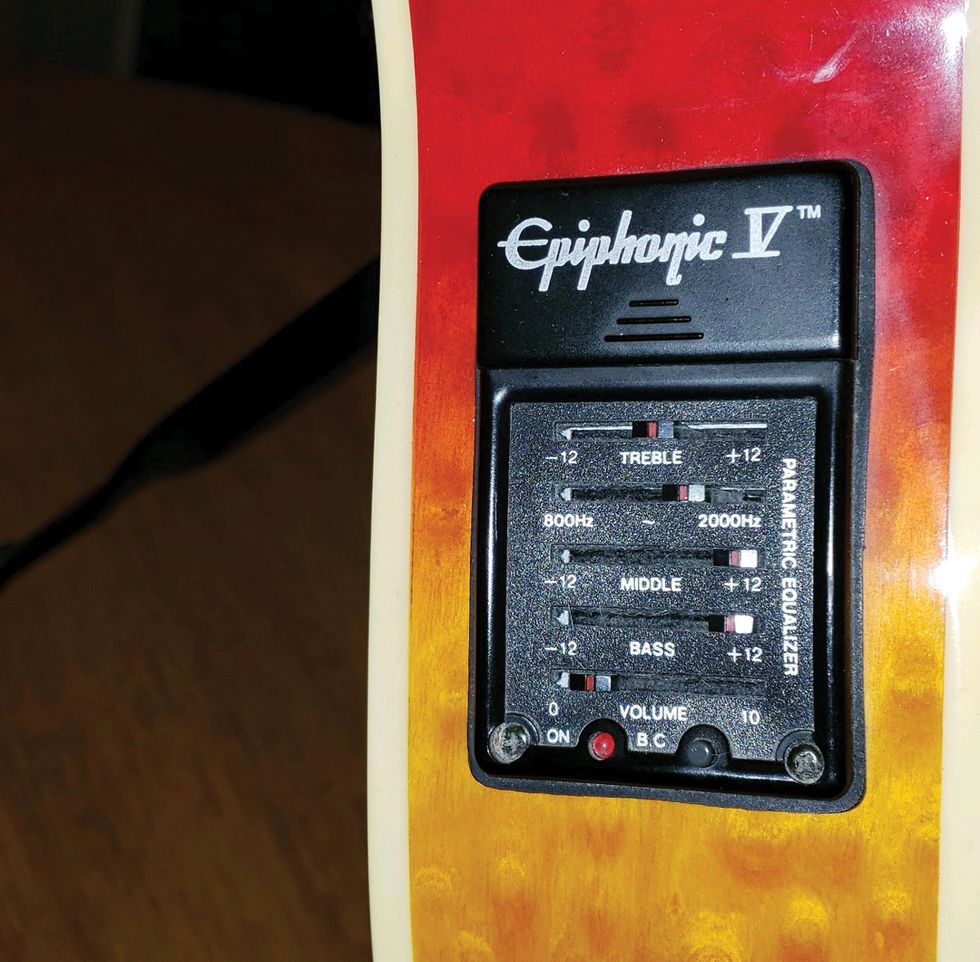Hey Zach, I have owned this Ibanez "lawsuit" guitar for over 25 years and I'd like to know a little more about it. The serial number on the neck plate is K7709XX and as far as I know, it is all original except for the missing pickup cover. Can you tell me more about Ibanez's lawsuit guitars and how much this is worth today?
Thanks,
Chris Natale — NYC
Many Japanese-copied "lawsuit era" guitars under names like Greco, Aria, Tokai, and Ibanez have taken on an almost cult-like status today among many guitar collectors. While most readers understand what a "lawsuit era" guitar refers to, others may not and I'll try to summarize the term.
In the early 1970s, American guitar manufacturers (particularly Gibson, Fender, and Martin) were experiencing a steady decline in production quality while more Japanese- built guitars were showing up in the American market. By the mid-'70s, these Japanese guitars consisted of mostly blatant copies of popular American designs and the quality was much better than people wanted to admit. In 1977, Gibson sued the Elger Company (the distributor of Ibanez instruments in the U.S. at the time) and demanded they stop producing copies of their instruments, specifically their headstocks. Japanese-built guitars that are copies of American designs before the Gibson lawsuit are commonly referred to as "lawsuit era" guitars today.
Ibanez was certainly guilty of copying Gibson, Fender, and Martin models, among others, but they were also one of the most proactive companies when it came to introducing original designs. Between 1975 and 1977, Ibanez introduced several original designs including the popular Iceman and the Artist Series. In fact, by 1977 when Elger signed an agreement to stop building copies, their entire line consisted of almost all original instruments anyway.
Your guitar appears to be a Les Paul Custom copy that Ibanez labeled Model 2391. According to the serial number, it was built in November 1977, which is considered a transitional period. The Gibson/Elger lawsuit was filed on June 28, 1977, and was resolved not too long after. By September 1977, Ibanez was ready with their entire new line of instruments and copies were essentially a thing of the past. However, there was a transitional period where models were still produced with both copied and original designs. Your guitar clearly has a Les Paul body shape, but it has Ibanez's original headstock design, a large adjustable bridge, and an elaborate tailpiece, which are all original Ibanez designs.
The Model 2391 was loosely based on a Les Paul Custom and featured a mahogany body, maple top, and clear "See-Thru" finish. Just like a Les Paul Custom, this guitar has multiply body and headstock binding, fancy headstock pearl inlays (another Ibanez original design), and a "Custom" truss rod cover. However, the most notable difference between this guitar and a real Gibson is the bolt-on neck. The pickguard has been removed, as well as the bridge pickup cover. The volume and tone knobs have rubber inserts around them for a better grip, which Ibanez called Sure-Grip knobs. There is some belt buckle wear on the back along with some hardware oxidation, but overall the guitar appears to be in excellent condition.
Based on the condition and missing original parts, your Ibanez Model 2391 is worth between $475 and $550 today. If this guitar was in mint condition with all original parts in place, it would be worth between $600 and $700. In comparison, a mid-'70s Les Paul Custom is currently worth between $2500 and $3000. The Model 2391 probably retailed between $300 and $400 originally while the Gibson Les Paul retailed for between $850 and $950 in 1978. Other Ibanez Les Paul Custom-based guitars include the Model 2335, Model 2341, Model 2350, Model 2386, Model 2393, and Model 2398.
The question many of you may be asking is why the disparity in value between a real Les Paul Custom and a copy if the quality is comparable? No question, there is a lot of value in a name and Gibson is the most valuable name in the guitar world. Bolt-on neck guitars are usually considered inferior to set necks, which also attributes to a lesser value on the copy. For most copy, budget, and value instruments from the 1960s and 1970s, I've noticed that they raise and lower in value proportionally to vintage and collectible instruments, which is the case for this Ibanez.
Copies of American guitars propelled Ibanez as a guitar company in the 1970s, but Ibanez really established their own trademark with unique designs, a commitment to quality, and their relationships with artists. While not very expensive, I challenge you to find an Ibanez that isn't a treasure!
Source: Ibanez, The Untold Story by Paul Specht, Michael Wright, Jim Donahue, and Pat Lefferts.
[Updated 10/29/21]
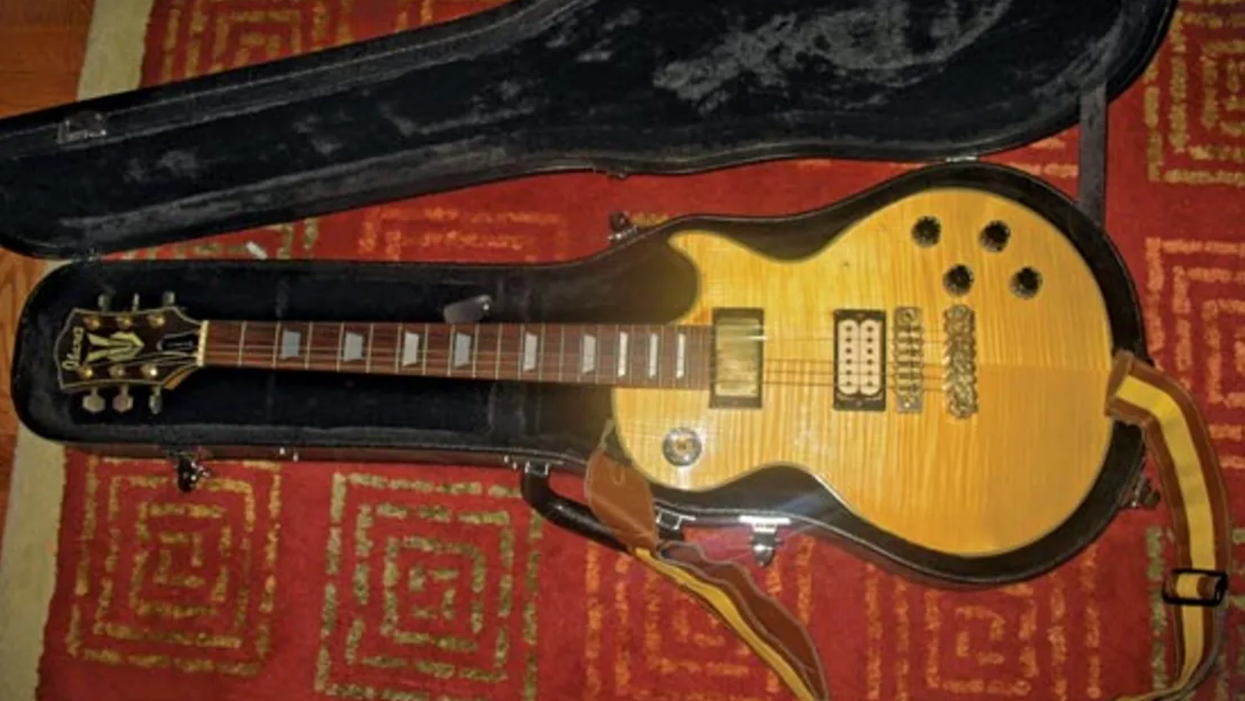
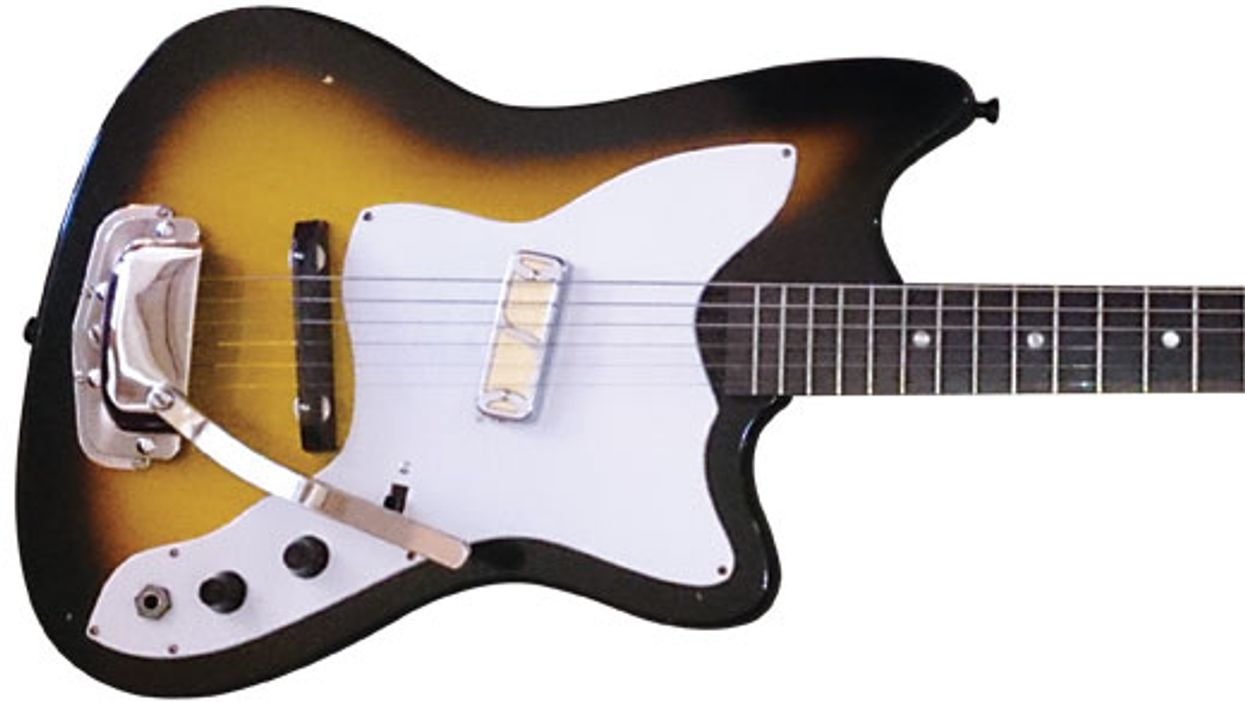
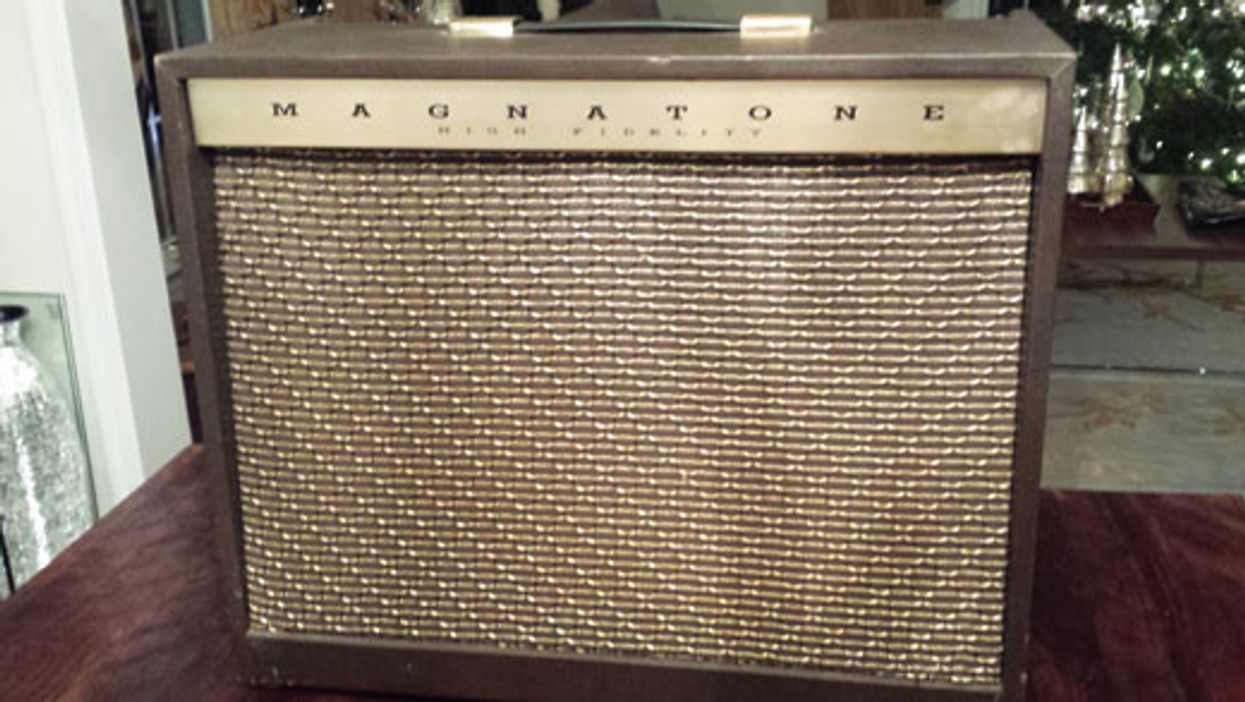
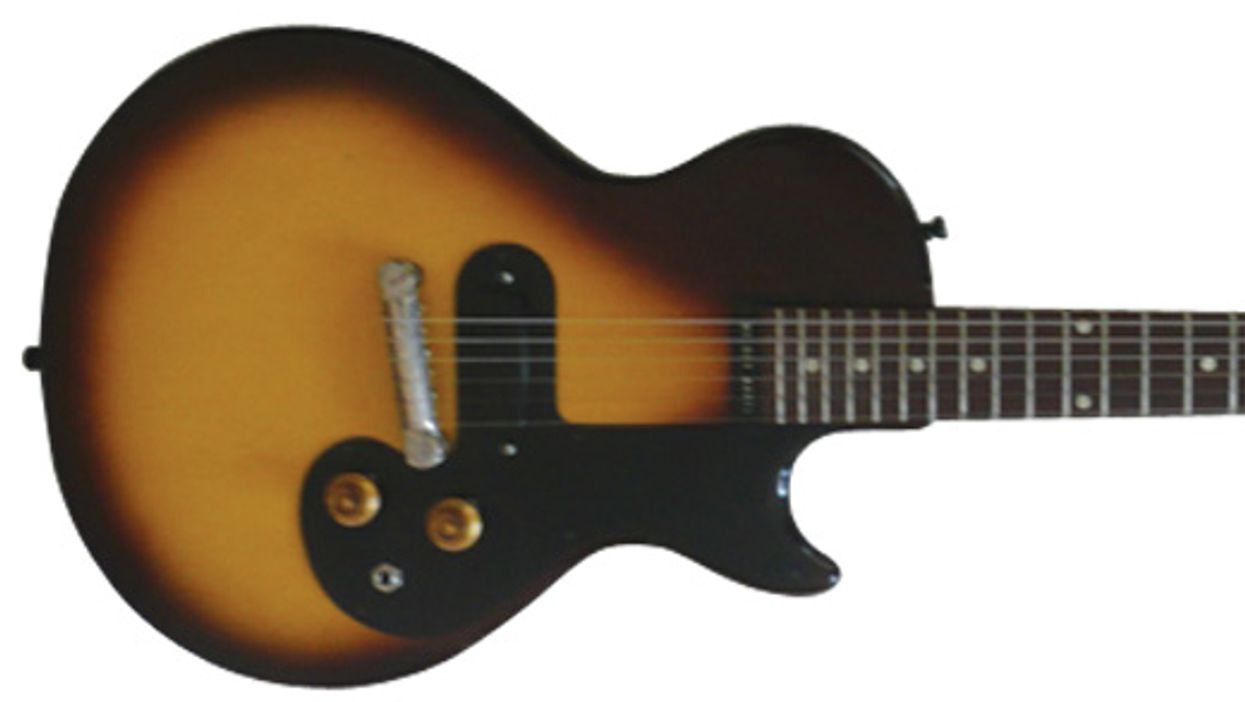

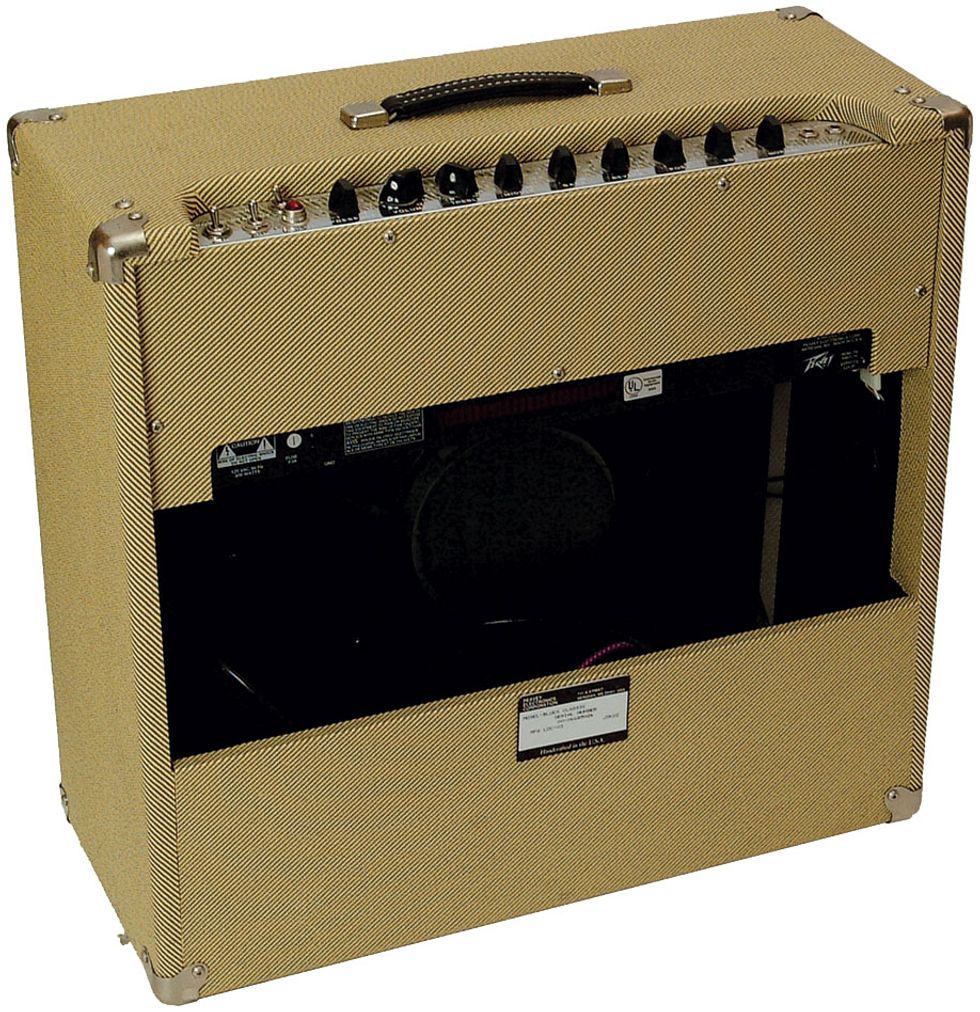

![Devon Eisenbarger [Katy Perry] Rig Rundown](https://www.premierguitar.com/media-library/youtube.jpg?id=61774583&width=1245&height=700&quality=70&coordinates=0%2C0%2C0%2C0)




